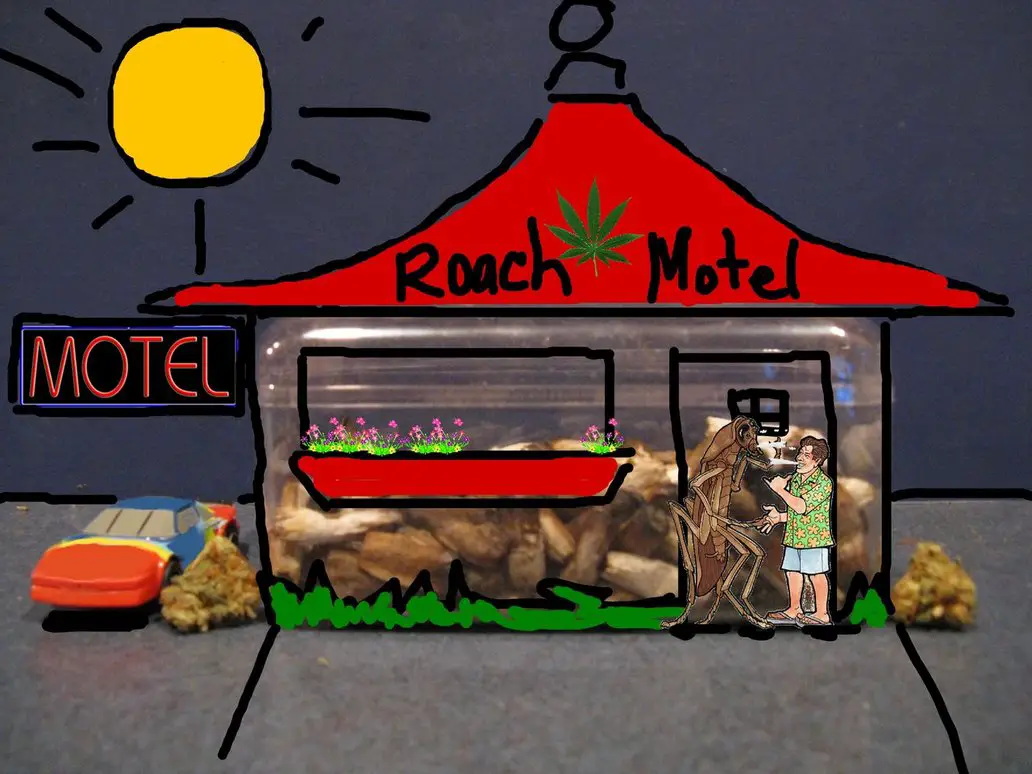 So you think you found the home of your dreams? Well, that potential dream home could easily turn out to be a nightmare if you don’t pay attention during the house hunting process. After all, it’s easy to overlook a pest problem; many new home buyers are focused on “more important” things like the size of the backyard, and whether or not the kitchen has granite countertops and stainless steel appliances.
So you think you found the home of your dreams? Well, that potential dream home could easily turn out to be a nightmare if you don’t pay attention during the house hunting process. After all, it’s easy to overlook a pest problem; many new home buyers are focused on “more important” things like the size of the backyard, and whether or not the kitchen has granite countertops and stainless steel appliances.
Fortunately, there are many signs homebuyers can look for that often indicate a bug or varmint infestation will need to be corrected by a competent low-cost pest control company before you move in. Here are seven of the most common ones:
Home-adjacent woodpiles
You should make sure no wood is stacked up close to the home, as this encourages pests and termites to move up close to the house where they’re much more likely to become a problem in the home.
Foundation issues
According to pest control expert Joel Miller, “You should make sure your home siding is not below grade. If you can’t see your foundation between the ground and your siding, then you’re giving pests an easy access point into your home.”
Dead bugs indoors
It may seem obvious, but if you see dead insects of the same species on the home’s window ledges or in the basement for dead bugs, then they probably make their home somewhere on the property.
Leaks and excess moisture
Moisture attracts many pests and termites. So make sure any water leaks are fixed before you move in. Also ensure that all of the water around the residence drains away from the house.
Floor and wall holes
Be wary of small holes in the home’s floors or walls. That’s because small holes are often a sign of a possible pest infestation.
Unpruned trees
Miller advises homeowners and prospective homebuyers alike that, “Tree branches should always be trimmed back from the home because mice and other rodents can easily use the branches to access your roof for entry into your attic or home.”
Grease marks and droppings
Rats and mice are creatures of habit; as such they tend to travel the same paths every day. In the process, they end up leaving dark grease marks as they scurry along walls and even up walls. Of course, fecal droppings are an obvious sign of infestation too.
Remember, insects and other pests are experts at staying out of the limelight. That’s why you’ve got to actively be on the lookout for them when you’re searching for a new home.
The good news is that by focusing on these signs, you’ll discover critical clues. Those clues will indicate whether you’re looking at your dream home – or something out of a horror movie.
Photo Credit: HappilyDayzed

These are just some of the things we should be mindful of before we buy or rent a house. Thanks for the heads-up. It’s helpful.
You’re welcome, Liz.
It can’t be stressed enough to get a competent termite inspector you select, and have him report to you.
We trusted our closing attorney to send an inspector he used. The inspector’s report was withheld from us by the attorney (he actually lied to us that the house passed inspection) and we learned after the purchase was completed and moving in that the house was structurally compromised. We ended up paying many tens of thousands of dollars repairing the house, to make it structurally sound, and have consequently not been able to make the cosmetic improvements we planned. Of course, we also had to move our family out while repairs and termite treatments were performed, and we still pay for annual inspections and prevention.
Our attorney? He got away with it; no other lawyer or disciplinary organization would take our case, though several stated that it was an obvious case of malpractice.
Wow. I’m so sorry to hear that, Ellis.
Thanks for sharing your story. I’m sure it will help other potential homebuyers from making a similar mistake in the future.
Excellent topic. As a carpenter for 50 years I can see almost immediately home quality issues. PEOPLE NEED TO HAVE AN INSPECTION!!!!! Unfortunately, a lot of home inspection companies are a joke. Plus, often problems are well hidden behind furnishings. If someone uses an inspection service, surely there must be a provision in the contract to make good on for what they miss? And watch out for do it yourself renos, particularly in the basement.
With a slowing RE market there is no reason whatsoever to forgo an inspection. No reason at all.
When I sold a house 20 years ago I finally did my due diligence and brought up all plumbing to code. This involved a very crappy (pun intended) time spent in my crawl space. The inspector used by purchaser did not even go into the crawl space. Couldn’t believe it.